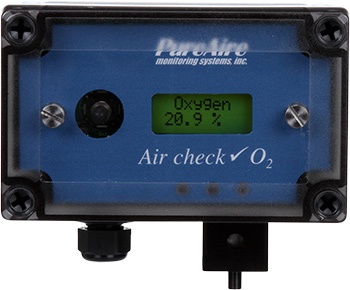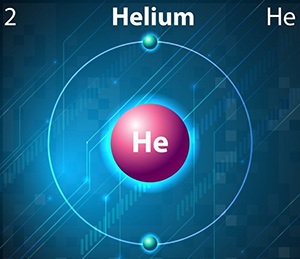What Is Up With Helium
- By : PureAire Monitoring Systems
- Posted on : December 12, 2019
- News Room
Helium is the second most abundant element in the universe and used across a variety of industries. Valued for more than simply filling party balloons, helium is of critical importance in many commercial applications, including high-tech, automotive, healthcare, and aerospace.
Helium Uses
For instance, the manufacture of fiber optics requires an all-helium environment to prevent air bubbles or other flaws in the delicate fibers used in cables to transmit data. Additionally, the semiconductor industry utilizes the cooling properties of helium to transfer heat away from computer chips during manufacturing.
Helium plays a key role in inflating automobile airbags and may also be used to detect leaks in car air-conditioning systems. Metal fabricators use helium for welding because of its inert properties and high heat transfer capabilities, which make it the perfect shielding gas (an inert or semi-inert gas that protects the weld from oxygen and water) for welding materials with high heat conductivity, such as copper, magnesium alloys, and aluminum.
In the medical field, helium is used to cool the superconducting magnets in MRI (magnetic resonance imaging) and NMR (nuclear magnetic resonance) equipment, to treat medical conditions such as asthma and emphysema, andfor laparoscopic surgery.
NASA uses helium as an inert purge gas for hydrogen systems and as a pressurizing agent for ground and flight fluid systems, as well as a cryogenic agent for cooling various materials. Moreover, as in the automotive sector, helium is likewise used in precision welding applications in aerospace manufacturing.
Staying Safe While Working with Helium
Since helium is odorless and colorless, it has no early warning properties. Helium can displace oxygen in the air to levels below what is needed for humans to breathe. Exposure to helium can cause dizziness, nausea, and loss of consciousness. Absent proper oxygen monitoring, unconsciousness, and even death may occur in seconds. The National Institutes for Health recommends installing oxygen monitors anywhere compressed gases, such as helium, are stored or used.
PureAire Monitors
 PureAire Monitoring Systems’ oxygen deficiency monitors continuously track levels of oxygen and will detect helium leaks before the health of employees is put at risk. Built with zirconium oxide sensor cells, to ensure longevity, PureAire’s O2 deficiency monitors can last, trouble-free, for over 10 years under normal operating conditions. In the event of a helium gas leak, and a decrease in oxygen to an unsafe, OSHA action level, the monitor will set off an alarm, replete with horns and flashing lights, alerting staff and users to evacuate the area.
PureAire Monitoring Systems’ oxygen deficiency monitors continuously track levels of oxygen and will detect helium leaks before the health of employees is put at risk. Built with zirconium oxide sensor cells, to ensure longevity, PureAire’s O2 deficiency monitors can last, trouble-free, for over 10 years under normal operating conditions. In the event of a helium gas leak, and a decrease in oxygen to an unsafe, OSHA action level, the monitor will set off an alarm, replete with horns and flashing lights, alerting staff and users to evacuate the area.
Each PureAire O2 monitor has an easy to read screen, which displays current oxygen levels, for at-a-glance readings by employees, who derive peace of mind from the monitor’s presence and reliability.



